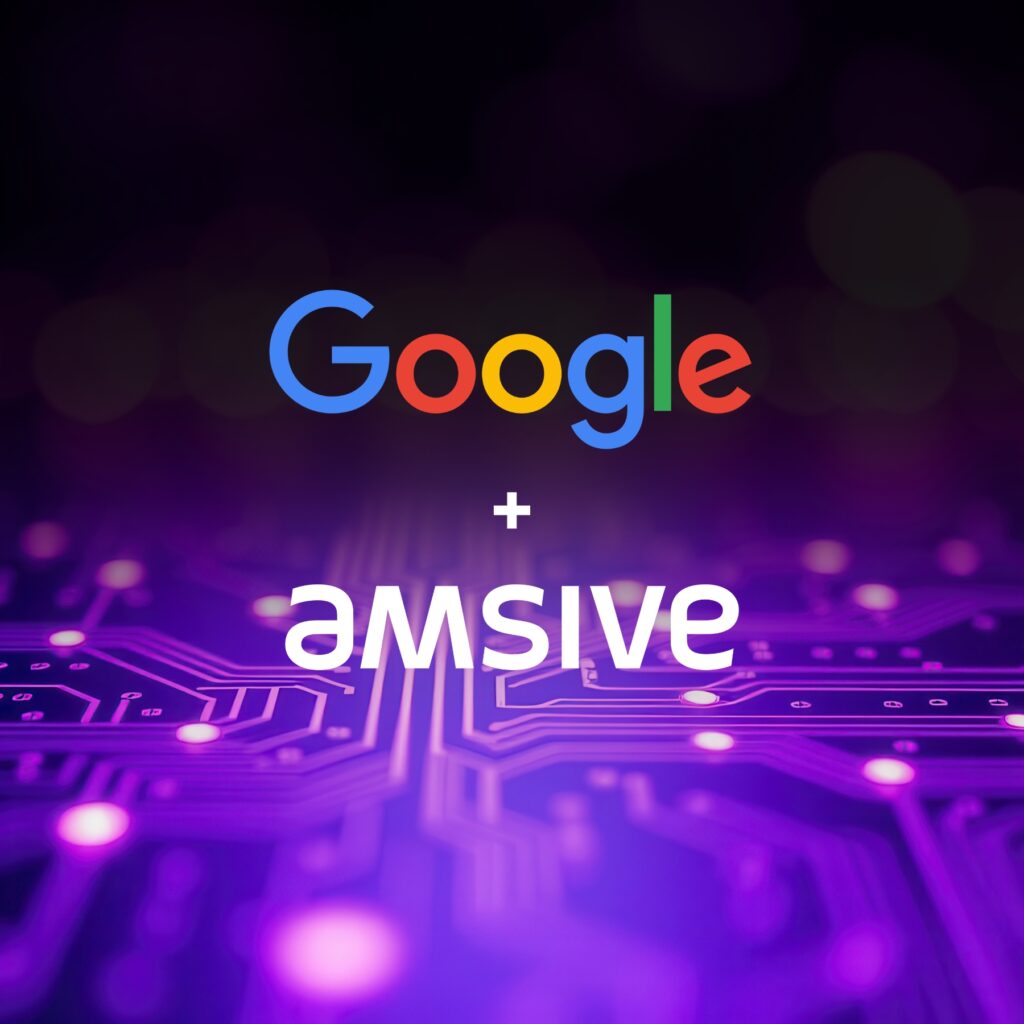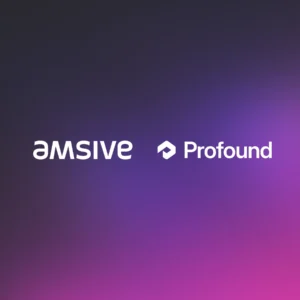Every day, inboxes are inundated with emails that go unread. Getting the right audiences to open, consume, and engage with emails that are part of a marketing campaign is a daunting task, let alone staying on top of email marketing trends and driving a brand’s message.
86% of brands use email as their main means of communication, and 99% of email users check their emails upwards of 20 times a day. Data-driven email marketing approaches can also boost your brand strategy, as segmented emails can drive 30% more opens and 50% more click-throughs.
See how to stand out. We’ll break down best practices and key takeaways to improve and future-proof your email marketing strategy.
Jump To:
Build a comprehensive data strategy
A comprehensive data strategy is crucial to optimize your email marketing efforts. This can ensure that your messages are targeted, relevant, and effective. Building this data strategy can include:
Define your goals and objectives
What is it that you want to achieve with your email marketing? Do you want to increase conversions, improve engagement rates, enhance consumer retention? Understanding your objectives and aligning them with your strategic roadmap will give your email marketing program a solid foundation.
Consider your overall customer journey
Where does email tend to land in your current multichannel marketing mix? Is it primarily a piece of the mid-funnel? Does it have a history of herding consumers back to carts stuffed with abandoned items?
Understanding your audience’s preferred points of brand contact and email’s current positioning can inform changes that you’d like to make in frequency, timing, and format.
Identify your relevant data
Comb through data from your Customer Relations Management software, web analytics, and past email campaigns. Identifying your audience’s demographics, purchase history, browsing behavior, and target engagement metrics can provide a clear picture of how they’re engaging with you, and help you pinpoint changes to make to your email program.
Advance your audience segmentation
Where possible, leverage segmented data to create personalized email content. Tailoring your subject lines, email copy, imagery, and product offers based on past interactions can improve open, click, and conversion rates.

Utilize personalization
As your data strategy comes together, explore how you can make sure your email content resonates with individual consumers. By analyzing customer data such as purchase history, browsing behavior, and more, and layering with what you know about your target audience, you can build messaging that speaks directly to points that can leave consumers lingering in the discovery or consideration stages.
Segmenting your audience and personalizing their messaging leaves space to address pain points or product interest, allowing for more relevant content. Whether it’s recommending a product related to a prior purchase or providing selling points for items abandoned in a cart, personalizing your emails with compelling content and calls-to-action can increase the likelihood of consumer conversion and foster brand loyalty.
Use every possible bit of space in your subject line
33% of recipients open emails based on the subject lines alone. This small area, located next to your sender name when an email reaches their inbox, needs to be informative and catchy within a brief space. It’s your best chance to make the right first impression. Limit the subject line window to 40-60 characters, but pack keywords or phrases into the first six words as best you can.
Also, be mindful of screens where emails are more regularly read — most inboxes display the first 60 characters, while mobile displays up to 30 characters.
Avoid terms that trigger spam filters
Be brief, but effective. Position the most important content “above the fold” of the email. Try to whittle down the copy to balance wordcounts versus getting your message across; think about what the least amount of words are to be able to effectively get a message across.
Other than staying fresh with verbiage and avoiding repetition, there are specific words that tend to trigger spam filters that successful campaigns should avoid. Overtly low-quality words and phrases include “buy,” “win,” “earn extra cash,” “free,” “save money,” and more. Eliminating all spam-seeming words could leave you with a restricted email vocabulary, so make sure to pressure test phrases against what you’re trying to achieve with your campaign.
Limit your images, and make sure they’re great images
From an imagery standpoint, make sure images relate to the words and thrust of the messaging. Readers don’t want to see pictures of a house if they’re reading about car loans.
Try to gauge your space within the email to a ratio of 30% of images to 70% of the remaining content. Always consider image sizing and high resolution, both for aesthetic purposes and how they may impact load times. And again, make sure you’re optimized for different screens because you don’t want something wonky on mobile but perfect on desktop.
Limit your effective offers
Don’t overstimulate or flood subscribers with offers. We see typically somewhere between three and five offers per email as the baseline sweet spot. This can depend on industry type and what content customers are giving subscribers within a campaign.
However, if you’ve established that you’re going to flood everyone with a bunch of offers, and they’re used to that, and you get good engagement, you can probably go ahead and bump this number up a little bit.
Sharpen calls to action
Buttons tend to be more effective than text in a call to action (CTA), with non-committal CTAs tending to work better. For example, something like “view latest offers” versus “buy now” factors into collective interest instead of sales tactics. Linking to readily accessible content versus gated content is also usually better, though an email customer journey linking to gated content is best with establishing new subscriber lists.

Establish a baseline frequency, then optimize as needed
If you don’t convert on the second message, someone is sure not going to convert on the fifth. Set a maximum number of emails that you’ll send to the active subscriber. Industry research suggests two per month is the sweet spot, but marketers should continue to test and refine.
But later down the road, if you’ve got enough content, consider adding preference options to allow subscribers to select message frequency, which establishes trust with a clear understanding of the opt-in relationship.
Test, test, and test again
Testing is a key component, allowing marketers to refine strategies and optimize performance. Explore A/B marketing to determine which email type performs better in achieving specific campaign objectives. Consider testing your subject lines, content layouts, calls-to-action, or sending names. By understanding the variance in open rates, CTRs, and conversion rates, marketers can identify and optimize the content of their emails.
Marketers should also consider multivariate testing, exploring multiple variations of different elements within an email to determine the best combination for performance. This can include testing combinations of content types, subject lines, and CTAs. Multivariate testing can help marketers understand which elements work best together to engage with consumers and boost conversion rates.
Measure your email marketing impact
Continually evaluate and refine your email strategy for its effectiveness. Understanding your open rates, CTRs, and conversion rate for your campaign’s desired actions (such as sign-ups, purchases, or leaving reviews) will help you assess your marketing efforts. You can also gain a better understanding of your email’s distribution list health by analyzing your unsubscribe and bounce rates.
By consistently monitoring and measuring your email marketing metrics, you can gauge your overall performance, identify areas of improvement, and make informed decisions around your content optimization, timing, and segmentation.
Always think about follow-ups
Adjust the audiences, process, and technology of campaigns to execute as a marketing team for the next wave of emails. Email marketing is built around making it easier for subscribers to happily share the information that they want a brand to know about, and with third-party cookie deprecation on the horizon, marketers need all the zero- and first-party information they can get their hands on. When it’s easier for subscribers to share more information, brands can collect more data, which allows them to market better.
It also leads to happier customers, and that data can then be used to personalize any other moment within the journey.
Interested in integrating email further into a cohesive multitouch customer journey? Learn how to build a winning multichannel mix, or let’s talk about achieving more for your marketing—and your business.






